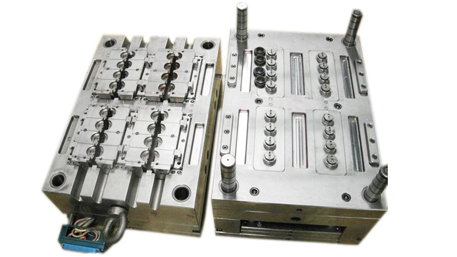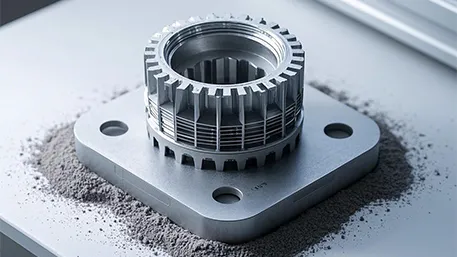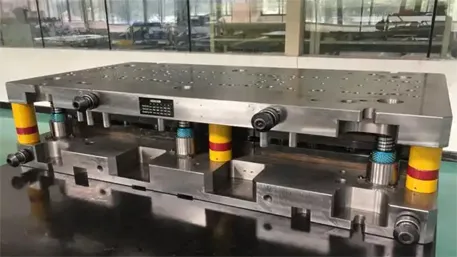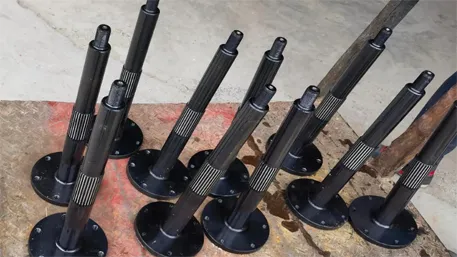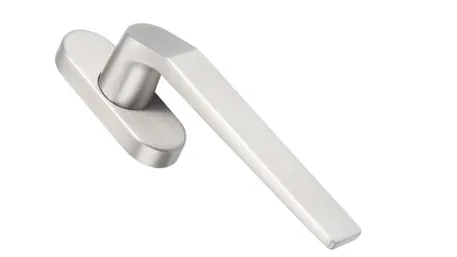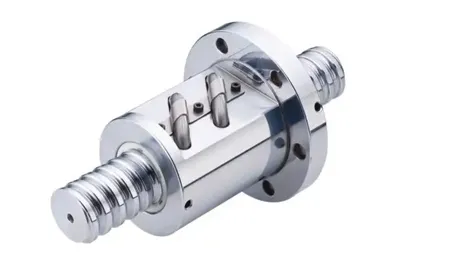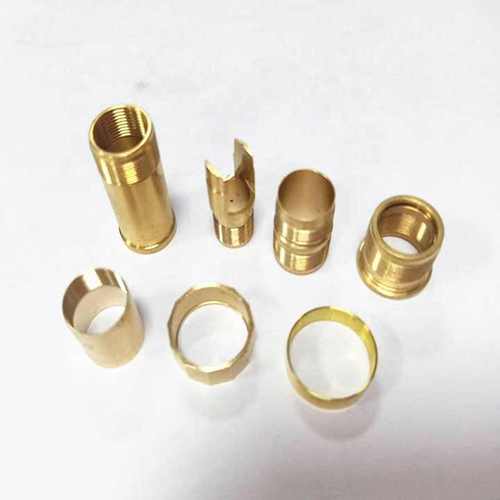1. Key Technology Comparison
Structured analysis of injection molding and 3D printing for mold manufacturing:
| Criteria | Traditional Injection Molding | 3D Printed Molds |
|---|---|---|
| Lead Time | 20-25 days (CNC machining, polishing) | 6-48 hours (direct printing + post-processing) |
| Cost (1,000 Parts) | 15,000−50,000 (steel/aluminum tooling) | 500−5,000 (polymer/composite molds) |
| Durability | 100,000+ cycles (steel) | 50-10,000 cycles (material-dependent) |
| Design Complexity | Limited by CNC/EDM capabilities | Freeform geometries, conformal cooling channels |
| Sustainability | High material waste (30%+ in machining) | Near-zero waste (additive process) |
2. Niche Applications Driving Customization
A. 3D Printing Dominates in:
- Prototyping & Low-Volume Production
- Case: PepsiCo reduced blow mold development from 4 weeks to 12 hours using Nexa3D’s xPEEK147 resin.
- Ideal for startups validating product-market fit.
- Medical & Dental Devices
- Patient-specific implants (e.g., hearing aids, surgical guides) require <100 units.
- Complex Cooling Systems
- Conformal channels boost cycle efficiency by 40% in automotive molds .
B. Injection Molding Excels in:
- Mass Production (>10,000 parts)
- Automotive components (e.g., dashboards, connectors) demand steel durability.
- High-Temperature Materials
- PEEK, Ultem require molds stable above 260°C.
3. Material Innovations Bridging the Gap
3D Printing Materials for Demanding Tooling:
| Material | Key Properties | Use Cases |
|---|---|---|
| xPEEK147 (Nexa3D) | 180°C HDT, chemical resistance | Food-grade packaging molds |
| Rigid 10K (Formlabs) | Glass-filled resin, 100+ cycles | Consumer electronics prototyping |
| 18Ni300 (DMLS) | 50 HRC, 500°C thermal stability | Hybrid metal-polymer tooling |
Cost Trends (2023-2025):
- Metal 3D printing costs dropped to 0.8−1.2/g for tool steel, enabling 8k−12k molds for large automotive parts.
4. Decision Framework for Custom Tooling
Choose 3D Printing When:
✅ Rapid iteration (<1 week)
✅ <1,000 parts or complex geometries
✅ Budget <$10k
Choose Injection Molding When:
✅ High-volume orders (>10k units)
✅ Extreme thermal/mechanical demands
✅ Tolerances <±0.05mm
5. The Future: Hybrid Manufacturing
Leading EU/US manufacturers now adopt “Print-Last” strategies:
- 3D print molds for market testing.
- Transition to CNC-machined aluminum for mid-volume.
- Scale with steel molds post-validation.
Example: Humanetics (crash-test dummies) uses Markforged printers for customized inserts paired with legacy tooling.
Why This Matters for Custom Mold Buyers in 2025
- Speed-to-Market: Slash NPI cycles by 75% with printed tooling.
- Cost Control: Avoid $50k+ steel mold investments for unproven designs.
- Regulatory Edge: FDA/EU-compliant resins accelerate medical device approvals.
Action Tip: Partner with suppliers offering dual capabilities (e.g., Protolabs, Xometry) to flexibly scale production.

